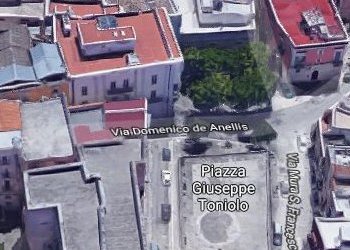BASILICA OF SANTA MARIA OF MIRACLES
The church owes its name to the discovery of an image of the Madonna with Child in her lap (datable to the 13th century according to the most accredited hypothesis), found in 1576 in an undergroung complex in the sinkhole of S. Margherita. The fresco of the Virgin Mary soon became an object of worship because of the miracles that were attributed to the sacred image. A sanctuary was therfore built in a very short time thanks to the support of the duke of Andria, Fabrizio Carafa, and of bishop Luca Fieschi. The sanctuary consisted of three storeys, of which the underground complex represents the lowest storey. The cave, which still shows the rocky walls as well as the badly damaged remains of frescoes representing the Virgin Mary, S. Margherita and S. Nicola, encloses in the centre a templet in polychrome marble covered by thin silver sheets containing a fresco of the Madonna. The facade of the rocky sanctuary was absorbed into a facade made of calcareous stone and painted in the Baroque age.
The church used to be connected to a convent run by Benedictine friars, who actively committed themselves to the construction of the religious complex. After completing the lowest level, they built the intermediate church, which is decorated with frescoes and characterised by vivacious colours depicting stories from the passion of Christ and figures of prophets and sibyls. The imposing upper church, by Cosimo Fanzago, is an outstanding example of late 16th -century architecture featuring three naves surmounted by a beautiful 17th-century panelled ceiling (1633) enriched with three large paintings depicting Saint Benedict, Santa Scolastica and the Madonna of Miracles.



